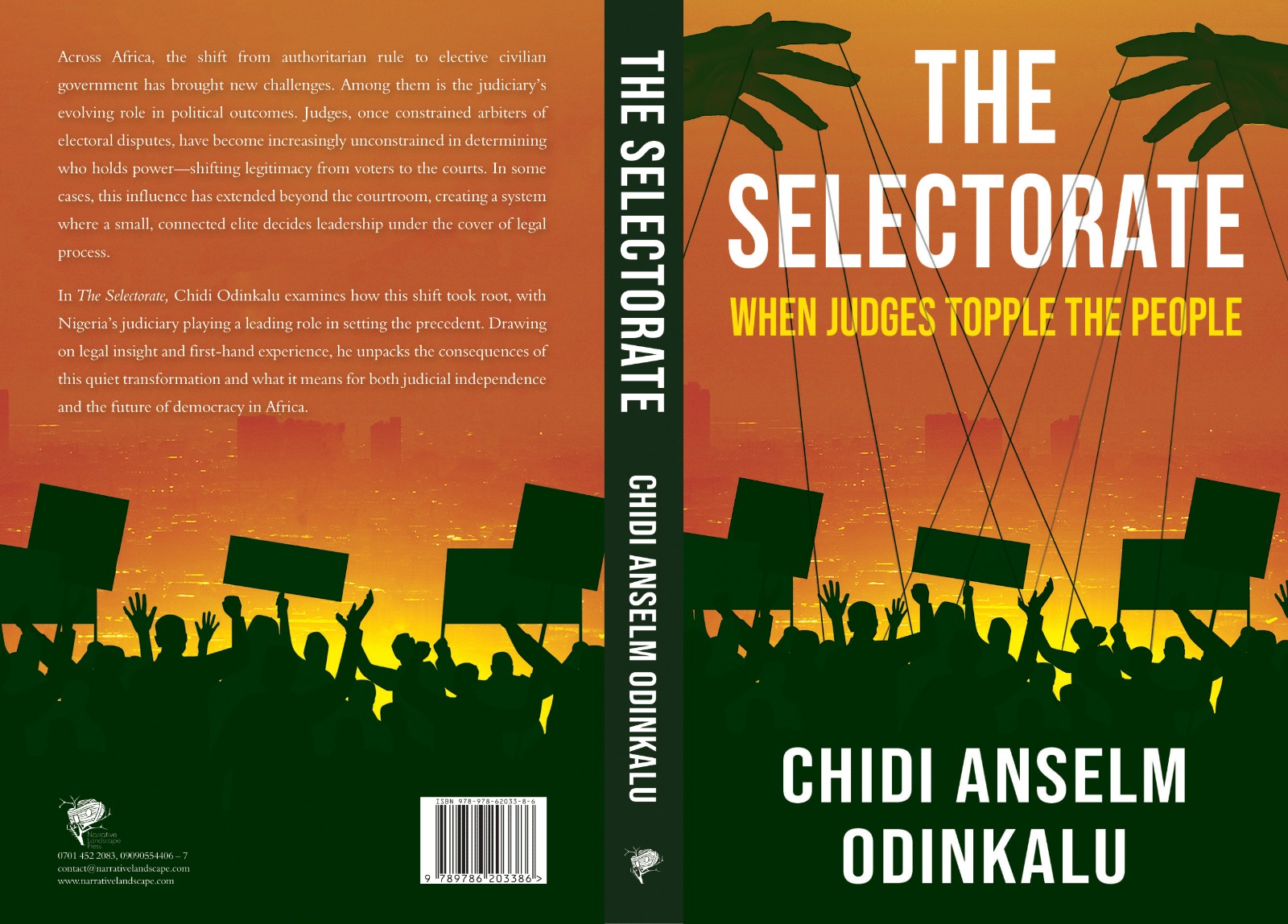The sage admonishes that: “the taller the tree, the farther it sees,” and this is the basis for respecting differing viewpoints, since a viewpoint is what one sees from where one is standing. Fuel subsidy regime in Nigeria has come to evoke differing reactions from different angles, but it is important to understand the basic principle of subsidy regimes. Subsidy, in a generic sense, undertaken by a government or an institution, confers a certain degree of support or cushion, mostly financial, to alleviate economic burden on the affected citizens or populace. It is thus a manifestation of goodwill.
With the announcement of a fuel subsidy regime of circa N18bn daily expenditure in a country deeply in debt, with decaying infrastructure and gaping holes in education, healthcare and security, among others, Nigerians must ask pertinent questions of its sustainability. But why this humongous degree of daily fuel subsidy in a country richly endowed in petroleum resources? Simple! Massive importation of petroleum products since all the refineries in the country are moribund. But there was subsidy regime when all the refineries were active and there was insignificant importation of products. Why? How?
In a country with abundance of petroleum resources, it is only proper that the citizenry should benefit from the blessings of Mother Nature. Again let us recall that as at the time crude oil was selling for $18 per barrel in the international market in 1999/2000, the government under President Obasanjo, was selling it to the NNPC at $9 per barrel for local refining. Again products were being moved through the network of pipelines to the depots and sold to marketers all over the country at uniform prices. The government was therefore absorbing these add-on costs as subsidy to alleviate the financial burden on the citizenry.
This situation deteriorated with the refineries going moribund, with the pipeline network being vandalized and introducing the need to transport imported products by trucking [Bridging costs] to the various depots. When you now add up crude costs at international price, landing cost of imported products, port charges and bridging costs per liter of product to final destination, you begin to appreciate the level of subsidy, if the citizenry were to pay the actual pump price per liter. Incidentally the calculated total consumption per day influences the overall daily subsidy. Is N18bn daily fuel subsidy therefore realistic, reflecting over 64m liters per day consumption in the country? This is the trillion-naira question.
Loading…





